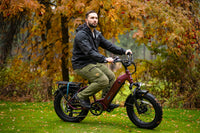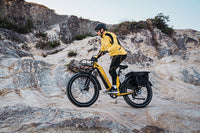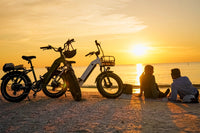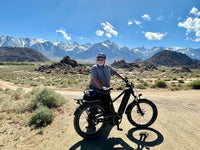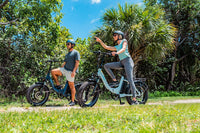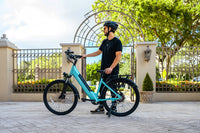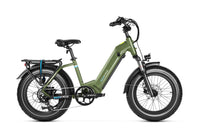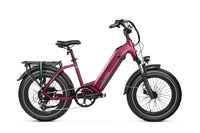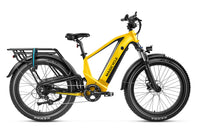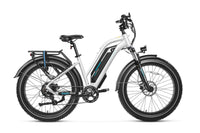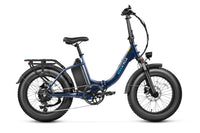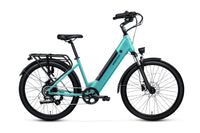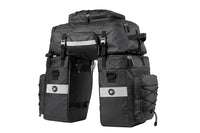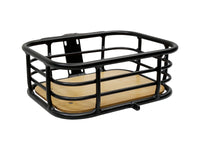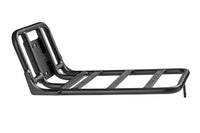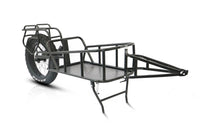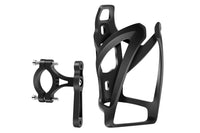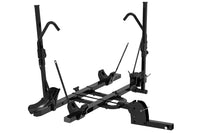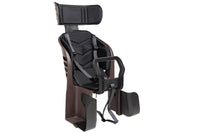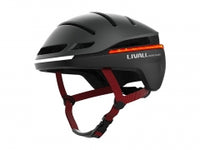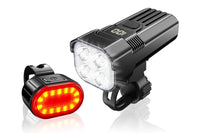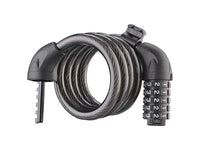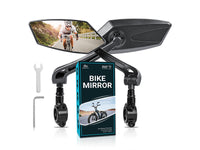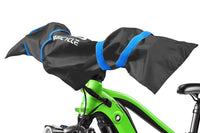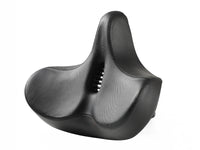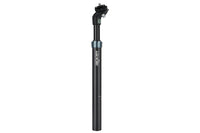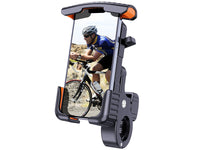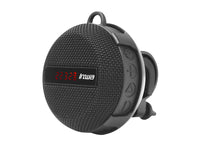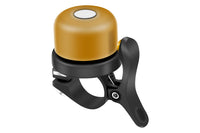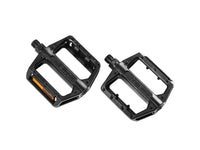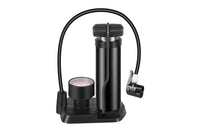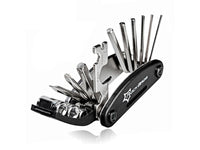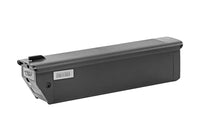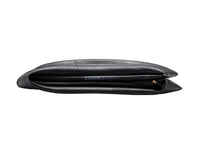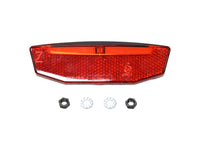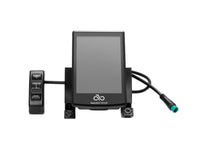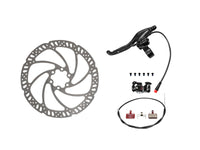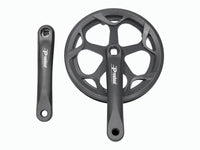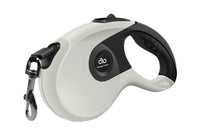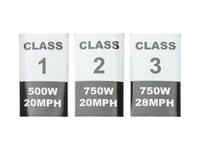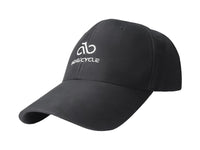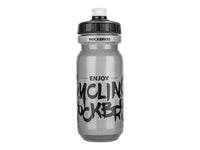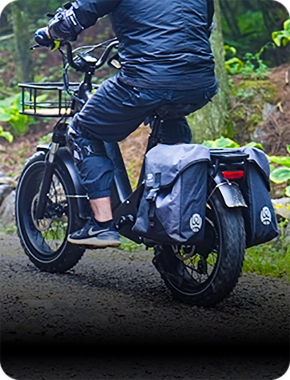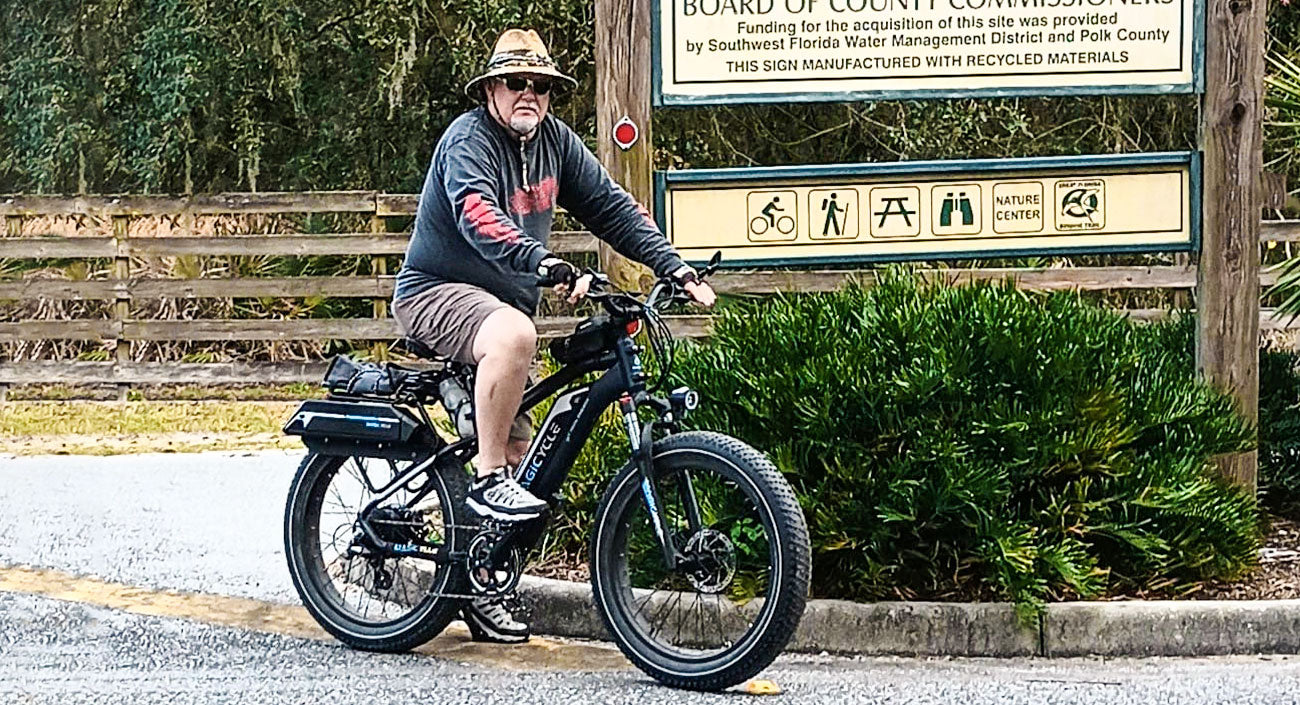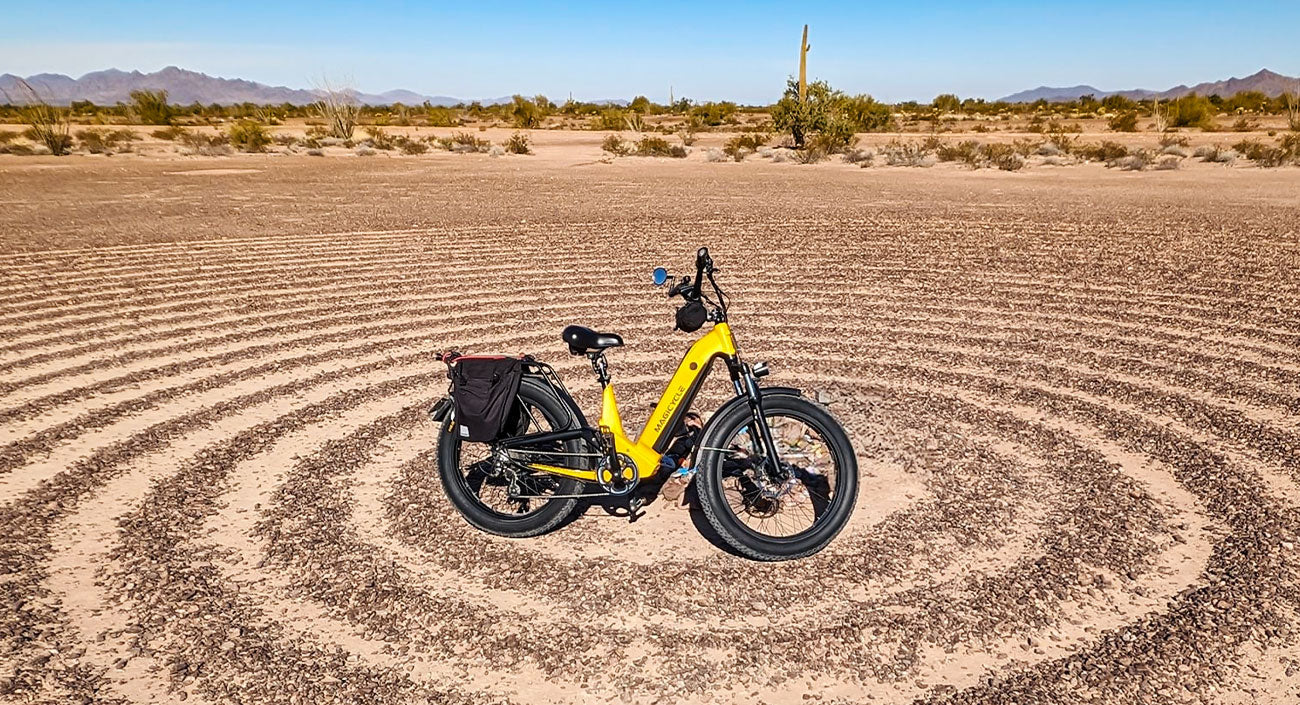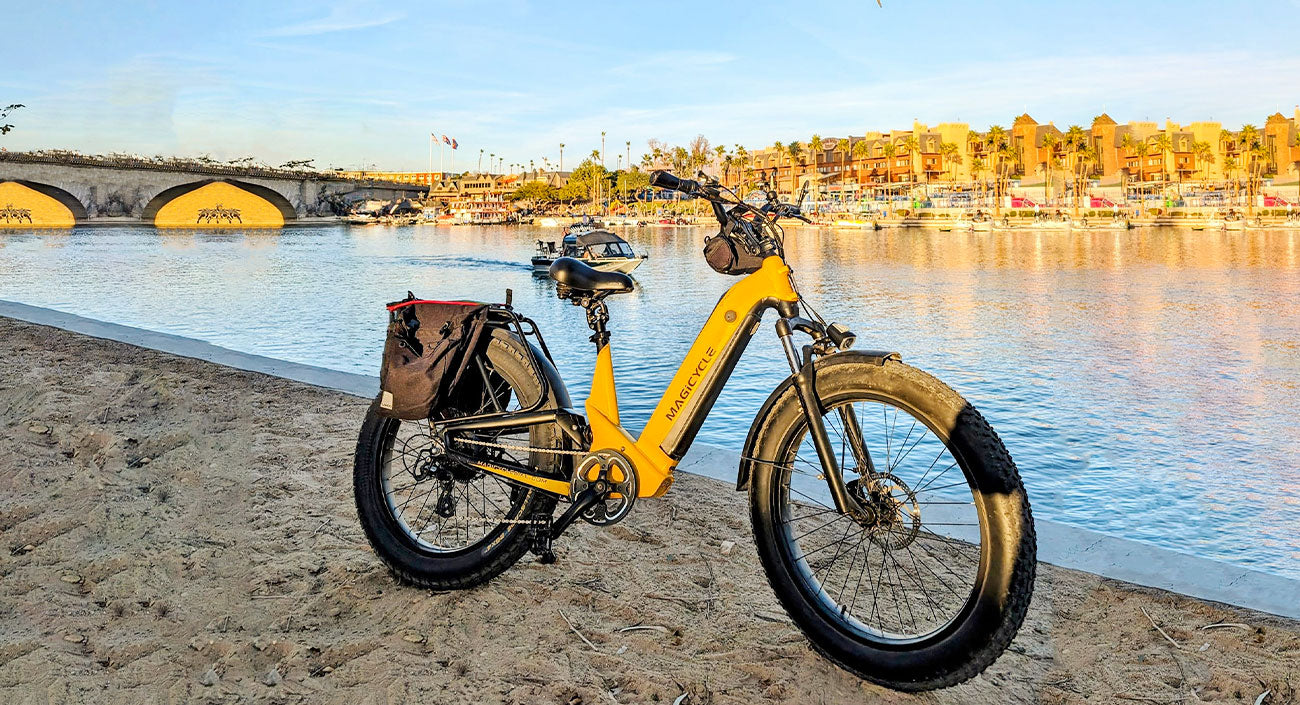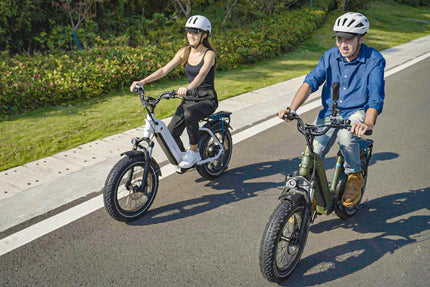 November 13,2024
November 13,2024
 November 13,2024
November 13,2024
Quick Answer
Yes, fat bikes are suitable for long distances in off-road conditions due to their comfort and terrain versatility, but they're less efficient on smooth roads due to higher weight and rolling resistance.
Introduction
Because of their adaptability and distinctive riding experience, fat bikes—with their especially wide tires and strong frames—have become well-known among riding aficionados. Although historically connected with snow and sand riding, many cyclists wonder about their possibility for long-distance journeys. These bikes provide particular benefits and challenges that might greatly affect your prolonged riding experience. Knowing how these bikes perform over distance is essential, whether your trip is cross-country or you are thinking about a fat bike for consistent long rides. Read more to discover the features of fat bikes for long-distance riding and assist in your decision on whether they fit your adventure goals.
What Defines a Fat Bikes?
With their most unique characteristic—large tires ranging from 3.8 to 5 inches wide—versed from 1.9 to 2.3 inches found on conventional mountain bikes—fat bikes stand out in the cycling scene. Mounted on specialist rims of 60–100mm in width, these wide tires produce a distinctive footprint that lets the bike to float over challenging surfaces.
Key Characteristics:
- Wide tires (3.8–5 inches)
- Lower tire pressure (5-15 PSI)
- Robust frame design
- Wider hub spacing
- Specialized drivetrain components
Specifically designed to fit these large tires, the frame shape keeps appropriate handling qualities. Though some models today have suspension choices, most fat bikes have a stiff frame and fork. Originally meant for winter and sand riding, these bikes have developed to be flexible year-round vehicles able to confidently negotiate many terrain types.
Pro Tip: Don't confuse fat bikes with plus-sized bikes, which use 2.8-3.0 inch tires and different frame geometries.

Advantages of Fat Bikes on Long Journeys
Comfort and Stability
Over long distances, fat bikes shine in offering great ride comfort. Serving as natural suspension, the large-volume tires absorb trail vibrations and impacts that would usually wear riders on conventional bikes tired. Their low center of gravity and broad stance provide exceptional stability, especially on longer rides when weariness sets in.
Versatility Across Terrains
The flexibility of fat bikes to move between several surfaces is one of its strongest suits. From sandy beaches to snowy routes, loose gravel to muddy paths, these bikes keep constant performance. This adaptability allows more direct and daring route planning by removing the need to avoid particular terrain types during extended rides.
Improved Traction
The massive footprint of fat bike tires provides unmatched grip in challenging conditions. Key benefits include:
- Superior control on loose or soft surfaces
- Enhanced stability in wet conditions
- Better handling through technical sections
- Reduced risk of sliding in unpredictable terrain
- Confidence-inspiring grip on descents
This improved traction translates to less energy spent maintaining control, making longer rides more manageable and enjoyable.
Challenges of Long-Distance Fat Biking
Weight and Rolling Resistance
Fat bikes typically weigh 28-35 pounds, significantly more than traditional touring bikes that average 22-28 pounds. This extra weight comes from:
- Heavier tires and tubes
- Wider rims and hubs
- Reinforced frame construction
- Combined with increased rolling resistance from the wide tires, this additional weight can make long climbs and sustained pedaling more demanding.
Reduced Speed on Smooth Surfaces
When riding on paved roads or hardpacked trails, fat bikes show their limitations:
- Lower average speeds than conventional bikes
- More energy required to maintain momentum
- Decreased efficiency on smooth terrain
- Limited top-end speed potential
These factors can add significant time to long-distance journeys.
Increased Effort Required
The nature of fat bikes demands more energy from riders:
- Greater physical exertion to maintain speed
- Additional upper body engagement for control
- More frequent gear changes on varied terrain
- Higher calorie burn rate during extended rides
Pro Tip: Consider using slightly higher tire pressure on smoother surfaces to reduce rolling resistance, but remember not to exceed the manufacturer's recommended maximum PSI.

Factors to Consider for Long-Distance Fat Biking
Terrain Type
Your planned riding environment significantly impacts the suitability of a fat bike for long distances.
Ideal Conditions:
- Snow-covered trails
- Sandy paths
- Mixed terrain routes
Challenging Conditions:
- Primarily paved roads
- Smooth, hardpack trails
- Extended climbing sections
Rider Fitness and Experience
Success with long-distance fat biking depends heavily on personal factors:
Physical Conditioning:
- Strong cardiovascular endurance
- Core strength for bike control
- Upper body stamina
Technical Skills:
- Experience with varied terrain
- Gear management expertise
- Bike handling proficiency
Bike Setup and Customization
Optimizing your fat bike for distance riding is crucial.
Essential Modifications:
- Multiple hand positions (aerobars or alternative handlebars)
- Comfortable saddle suited for long rides
- Appropriate gearing for your terrain
- Tubeless tire setup to reduce weight
Storage Solutions:
- Frame bags for essentials
- Hydration systems
- Tool storage options
Pro Tip: Test your setup on shorter rides before committing to long-distance adventures.
How to Maximize Your Long-Distance Fat Bike Experience
The foundation of good fat riding is proper tire pressure, which needs constant attention and adjustment depending on conditions. Maintaining pressures between 5-8 PSI will help to maximize float and traction on soft ground such as sand or snow. Mixed surfaces usually demand 8–12 PSI; tougher surfaces gain 12–15 PSI to lower rolling resistance. When adjusting, always take your whole weight—including gear—into account as well as current conditions.
Choosing and carrying suitable equipment calls for careful weighing of need against weight. A complete multi-tool, spare tubes, a small first aid pack, and dependable navigation tools constitute essential safety gear. Remember also choices for emergency shelter in case of unanticipated events. Long rides depend equally on comfort items: bring extra layers of clothes suitable for changing conditions, high-energy snacks easily accessible while riding, and enough hydration supplies. To distribute weight properly, think about including frame bags and other bicycle-specific storage options.
Preparation and training help to distinguish a fun excursion from a demanding journey. Start with rides in the 20 to 30 mile range and raise your distance capacity by no more than 10 to 15% weekly. Before any big travels, practice riding with your completely loaded rig since handling and endurance are much influenced by extra weight. Since fat biking calls for more total body involvement than conventional cycling, concentrate on developing both core strength and cardiovascular endurance.
Most importantly, develop a solid understanding of nutrition and hydration needs for extended rides, testing your strategies during training sessions. Schedule several "shakedown" rides with full gear to identify and address any issues before embarking on your planned long-distance adventure.
Can I Use a Fat Bike for Bikepacking Trips?
Fat bikes can be excellent choices for bikepacking, offering unique advantages for multi-day adventures.
Bikepacking Advantages:
- Access to remote areas
- Ability to ride through varied terrain
- Stable platform for carrying gear
- Less concern about surface conditions
- Improved comfort on rough trails
Special Considerations:
1. Packing Strategy
- Use lightweight gear
- Distribute weight evenly
- Choose compact equipment
- Consider frame bag options
- Plan for extra repair items
2. Route Planning
- Account for slower average speeds
- Plan realistic daily distances
- Research terrain conditions
- Identify resupply points
- Consider seasonal factors
The Verdict: Fat bikes are well-suited for bikepacking, particularly for routes involving:
- Beach sections
- Desert terrain
- Snow-covered trails
- Remote backcountry
- Mixed-surface adventures


















































